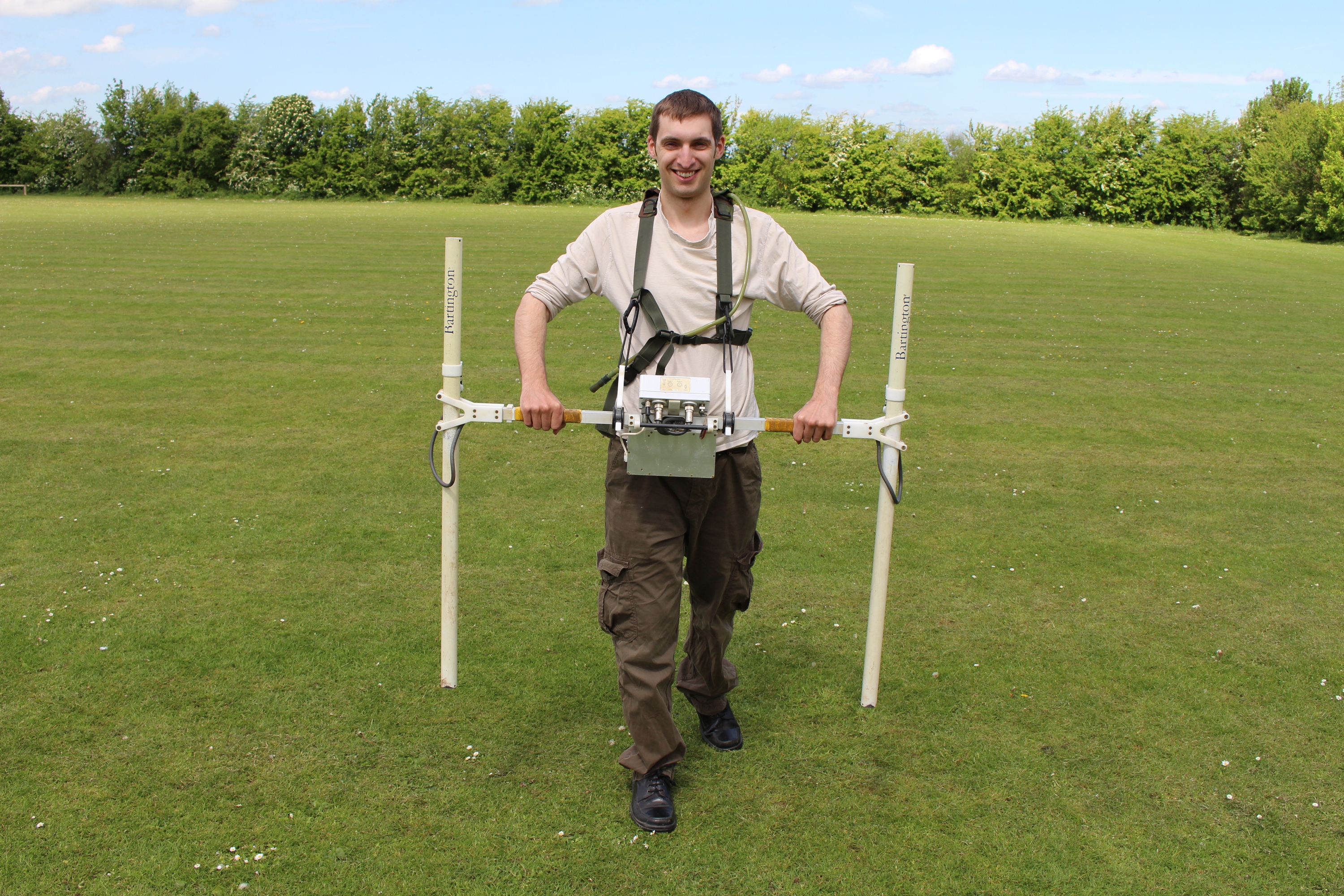All Categories
Featured
Table of Contents
Gravity Geophysical Survey Method in Alfred Cove Western Australia 2021
Much of the image includes blank areas now with little or no radar reaction. The "courtyard" wall is still showing strongly, however, and there are continuing tips of a hard surface area in the SE corner. Time piece from 23 to 25ns. This last piece is now almost all blank, however a few of the walls are still showing highly.
How deep are these pieces? The software application I have access to makes approximating the depth a little difficult. If, nevertheless, the top three slices represent the ploughsoil, which is probably about 30cm think, I would think that each slice has to do with 10cm and we are only getting down about 80cm in overall.

Thankfully for us, the majority of the sites we have an interest in lie just listed below the plough zone, so it'll do! How does this compare to the other approaches? Contrast of the Earth Resistance information (top left), the magnetometry (bottom left), the 1517ns time slice (leading right) and the 1921ns time slice (bottom left).
Geophysical Survey In Archaeology in Joondanna Australia 2021
Magnetometry, as gone over above, is a passive technique measuring local variations in magnetism against a localised absolutely no value. Magnetic susceptibility study is an active method: it is a measure of how magnetic a sample of sediment might be in the presence of a magnetic field. How much soil is tested depends upon the size of the test coil: it can be very small or it can be reasonably large.
The sensing unit in this case is extremely small and samples a small sample of soil. The Bartington magnetic susceptibility meter with a large "field coil" in use at Verulamium during the course in 2013. Top soil will be magnetically enhanced compared to subsoils just due to natural oxidation and decrease.
By determining magnetic susceptibility at a reasonably coarse scale, we can detect locations of human profession and middens. Unfortunately, we do not have access to a dependable mag sus meter, however Jarrod Burks (who assisted teach at the course in 2013) has some exceptional examples. One of which is the Wildcat website in Ohio.
Geophysical Services in Mount Lawley Australia 2022
These villages are often laid out around a main open location or plaza, such as this reconstructed example at Sunwatch, Dayton, Ohio. Sunwatch Village, Dayton, Ohio (photo: Jarrod Burks). At the Wildcat website, the magnetometer study had found a variety of functions and homes. The magnetic vulnerability survey assisted, nevertheless, specify the primary location of profession and midden which surrounded the more open area.
Jarrod Burks' magnetic susceptibility study results from the Wildcat website, Ohio. Red is high, blue is low. The technique is for that reason of fantastic usage in defining areas of basic profession rather than recognizing specific features.
Geophysical surveying is a used branch of geophysics, which uses seismic, gravitational, magnetic, electrical and electro-magnetic physical approaches at the Earth's surface area to measure the physical residential or commercial properties of the subsurface - Marine Geophysical Surveying - in Success WA 2020. Geophysical surveying techniques typically determine these geophysical homes in addition to anomalies in order to assess various subsurface conditions such as the existence of groundwater, bedrock, minerals, oil and gas, geothermal resources, spaces and cavities, and a lot more.
Latest Posts
Geophysicist Jobs in North Perth Australia 2021
Geophysical Survey Definition in Warnbro Western Australia 2021
What Is Geophysics? in Carlisle Australia 2020